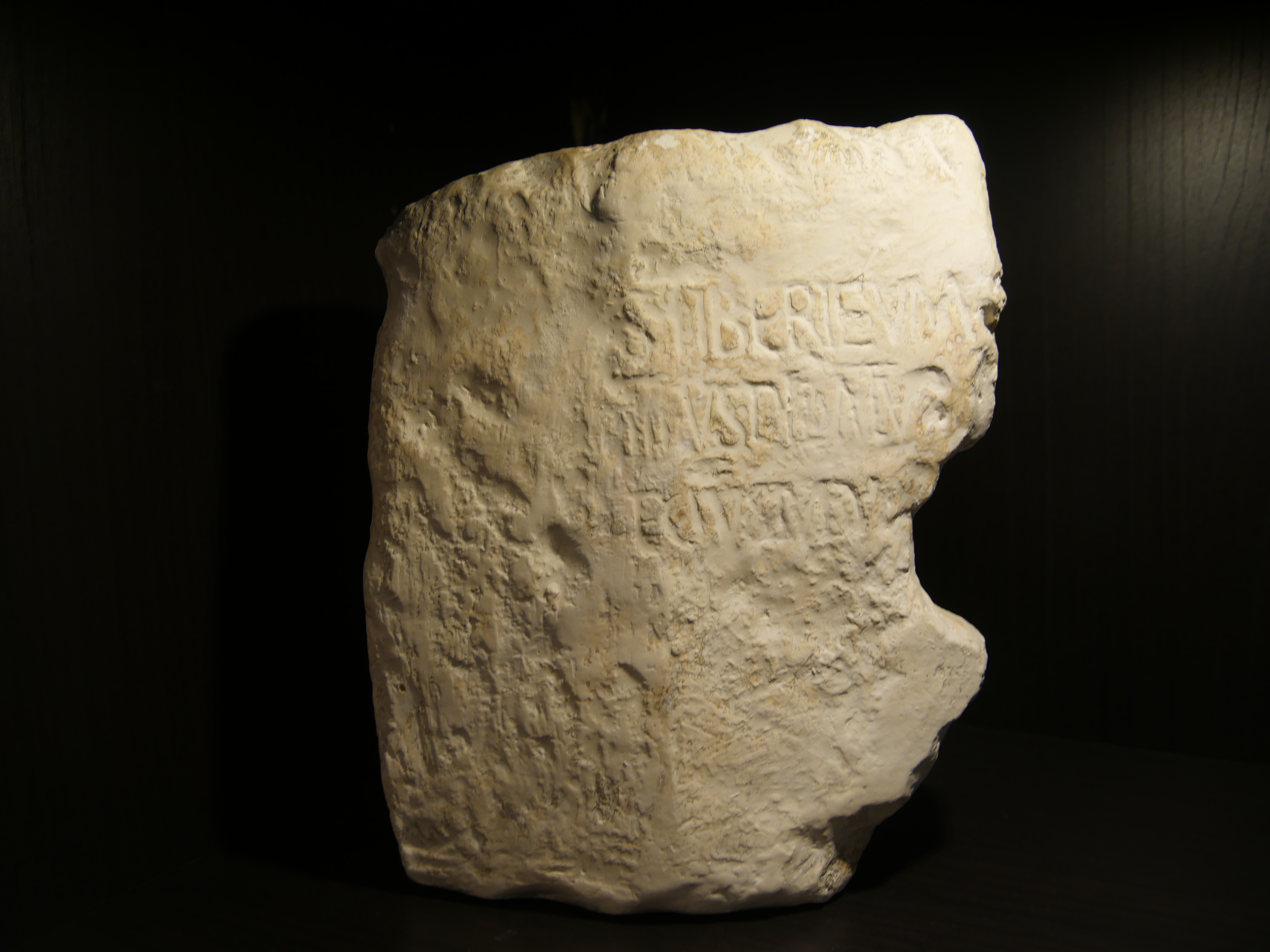
Pontius Pilate is an interesting individual, particularly when it comes to the Biblical narrative. As is often the case, there was a time when scholars and skeptics questioned the historicity of this man, denying the reliable accounts found in the New Testament.
Then in 1961, an Italian archaeologist was excavating in a Caesarea Maritma ampitheater and discovered a limestone block with three lines still visible.
Line one: Tiberieum,
Line two: …tius Pilatus
Line three: …ectus Iuda
Translation: Tiberius (Caesar at that time, to which the amphitheater was dedicated), (Pon)tius Pilate, (Pre)fect of Judea.
Scholars acknowledge this is the only known written historical record of the man Pontius Pilate. It was written in Latin and dated to about A.D. 30, as well as some bronze coins found dated from that same time. The original is now in the Israeli Museum, and a copy is at Caesarea Maritima for tourists to see.
Historically, Pilate was appointed as governor of Judea in A.D. 26. He dealt with financial, military, and civil matters. Pilate moved to Caesarea at that time, though his legal authority extended to Jerusalem. While the Jews had some freedom of self-legislation, any legal matters that involved the death penalty had to go through Roman authority, which at the time was Pontius Pilate. Though Pilate did some horrible things in regards to the Jewish people, the Jewish leaders had to bring their case against Jesus to him.
The Gospels record that Pilate was in Jerusalem during the time of Passover, to maintain civil order with the hordes of people traveling there for the Feast. The four Gospel accounts – Matthew 27, Mark 15, Luke 23, and John 19 – tell us of his encounter with the Jewish leaders and Jesus. Despite his wife’s dream and his attempts to sway the Jewish leadership and people, they continued to cry out for Jesus to be crucified. Pilate washed his hands of the situation and called for the crucifixion of their King.
In addition to the Bible, the Roman historian Tacitus, in his book the Annals, notes that Jesus was crucified when Tiberius was the emperor Rome and Pontius Pilate was procurator of Judea (Annals xv. 44). Two Jewish writers, Josephus and Philo of Alexandria, also write about this man, showing further evidence that the Biblical account is historically accurate.
This stone is important as it not only shows the historical validity of Pontius Pilate, but encourages Christians to trust the Bible. While the Holy Spirit confirms His truth in our hearts and lives, it is also important to learn the historical reliability of the Bible and to tell others about it. Are we doing that?
Leave a comment